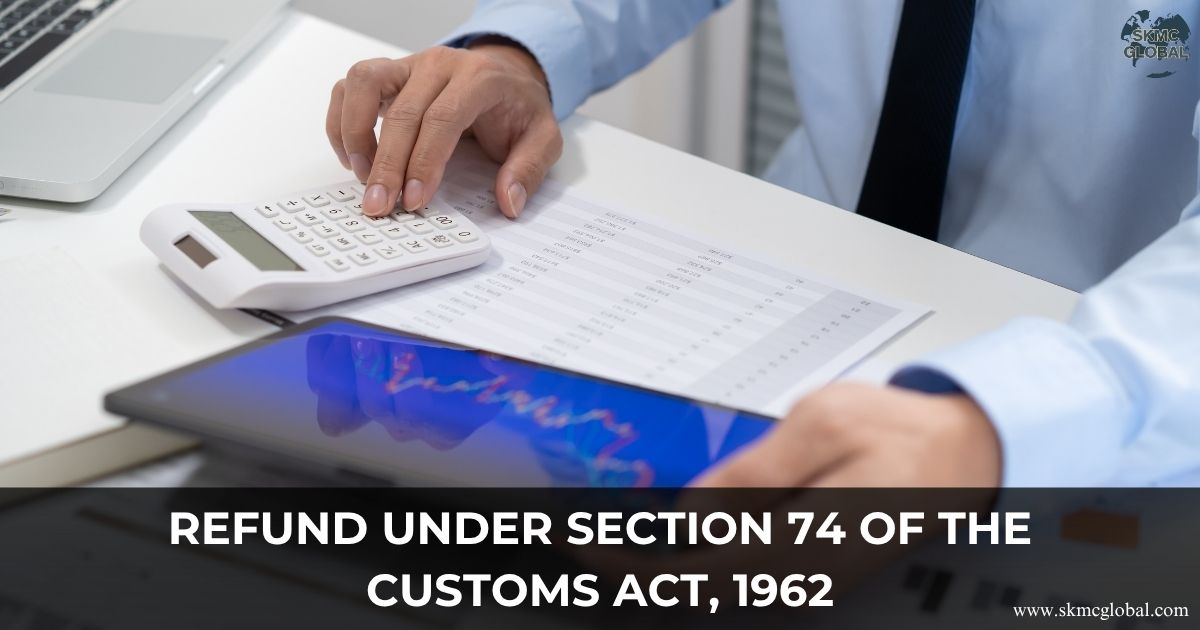
In foreign trade, commodities usually cross the border for a reason or reasons — sale, repair, replacement, or testing. In some cases, commodities imported into India might have to be re-exported to the initial place. The importer should not lose the import customs duty paid in such instances.
It is where Section 74 of the Customs Act, 1962 comes to use. It offers a facility in the form of Duty Drawback under Section 74 whereby importers are reimbursed duty when imported goods are re-exported.
Overview of Section 74 of the Customs Act, 1962
Section 74 of Customs Duty Act, 1962 says that importers are entitled to receive refund of customs duty paid on re-exported imported goods in their original form.
Duty Drawback under Section 74 is granted to the importers. Under this provision, re-exporters of imported goods shall not incur monetary loss on the paid customs duty.
Briefly, customs drawback is the repayment or refund of customs duty where the imported goods are re-exported after some time lapse and under certain conditions.
Purpose of Duty Drawback under Section 74
The primary purpose of Section 74 is to:
- Assist international trade by means of fair refund mechanism.
- Avoid double taxation on imported and re-exported goods.
- Assist ease of doing business through lowering importers' cost.
- Sustain exporters who trade in rejected imported goods by foreign buyers or re-exported after scrutiny or repair.
In exempting drawback of duty, the Customs Act reflects the principle of impartiality — customs duty should not influence trading decisions.
Legal Basis and Scope
Section 74 of the Customs Duty Act, 1962 lays down the process of refund of re-exported imported goods. The conditions and rate of refund are also prescribed under the Customs, Central Excise Duties and Service Tax Drawback Rules, 1995 and by the government notifications issued from time to time.
This section addresses the same products re-exported and not the products manufactured or processed in India. The refund, or custom so-called drawback, is generally 98% of custom duty paid at importation, depending on the time and degree of utilization.
What is Section 74 Duty Drawback?
Section 74 Duty Drawback is a rebate of custom duty paid on imported material when such are re-exported without any considerable change.
It is a facilitation function that allows commodity importers (due to rejection, return, or warranty fault) to refund the greater part of duties paid upfront.
In simple words, what is duty drawback on export?
It is merely a reimbursement of custom duty already paid on such commodities when such commodities are re-exported — so that importers are not made financially unsuccessful in the case of return goods overseas.
Conditions for Eligibility for Refund under Section 74
Importers should satisfy the following conditions to receive duty drawback on export:
1. The goods should have entered and duties paid on import.
2. The same goods should be exported — identity correctly established.
3. The goods will be re-exported within two years from date of importation (extendible to the Commissioner of Customs).
4. The goods should not have been utilized in India except for negligible utilization for testing or demonstration purposes.
5. The re-export should be by sanctioned modes — post parcel, air, or sea.
6. Refund claim is to be made within three months of the date of re-export.
Time Limit for Re-export
Under Section 74, the re-export must be done within two years from the date of importation. The aforesaid time period may be extended by the Commissioner of Customs for reasonable grounds like delay in shipment, testing, or re-export licence.
Unjustified delays, however, would result in rejection or drawback reduction in customs claims.
Amount of Refund and Duty Drawback Rates
Refund or drawback of duty varies with whether and for how long commodities were utilized subsequent to import. Rates of drawback of duty are regulated by government notifications.
General rates of refund are as given below:
|
Duration of Use After Import |
Percentage of Duty Refundable |
|
Not used at all (re-exported as such) |
98% |
|
Not more than three months |
95% |
|
More than three months but not more than six months |
85% |
|
More than six months but not more than nine months |
75% |
|
More than nine months but not more than twelve months |
70% |
|
More than twelve months but not more than fifteen months |
65% |
|
More than fifteen months but not more than eighteen months |
60% |
|
More than eighteen months |
No refund allowed |
This format ensures that drawback in customs reimburses the importer proportionally while ensuring fairness in refund of duty.
Documentation Required
Accurate documentation is required in a successful claim. Importers are required to keep and file the following:
- Bill of Entry (import)
- Shipping Bill (export)
- Import and export invoices
- Packing list
- Evidence of duty payment of (TR-6 Challan, etc.)
- Bank realization certificate (if necessary)
- Foreign buyer letter (rejection or return)
- Copy of Bill of Lading or Airway Bill
- Self-declaration that goods are similar to imported
Accurate documentation prevents rejection or delay in refund processing.
Step-by-Step Procedure to Get Refund under Section 74
Adhere to the step-by-step process to claim duty drawback in export efficiently:
Step 1: Prepare Required Documents
Gather all import and export documents, invoices, and payment proofs of duty.
Step 2: Submit Claim to Customs
Submit the drawback claim to the Customs Authority at the port of export in the specified format with all documents notarized.
Step 3: Customs Verification of Goods
Customs officers confirm if:
- The export goods are the same as the imported goods, and
- Export was done within the stipulated time limit.
Step 4: Sanction and Refund
Once successful verification of clearance has been made, the sanction order is issued by the customs office. The refund amount is credited into the claimant's bank account.
A properly prepared and complete file of claim leads to early sanction.
Key Points to Remember
- The claim should be made within three months from the re-export date.
- Refund is solely on the same goods being re-exported — any processing, repair, or alteration should be minimal.
- The goods should be traceable using serial numbers, marks, or customs seals.
- Re-export should be executed through the same initial importer of the goods.
- Any other use other than testing or trial can lower the rate of refund.
These are essential for customs compliance under the Customs Duty Act, 1962.
Avoided Common Blunders
Claimants are repeatedly rejected on procedural or documentary grounds. Avoid all these blunders:
1. Oversight to maintain import–export correlation records.
2. Filing flaws beyond the statutory time limit.
3. Defective or incomplete claim forms.
4. Inadequate identification of goods.
5. Re-export after heavy usage.
These pitfalls are avoided with professional consultants who take charge of meeting every condition of drawback in customs procedures.
Role of Duty Drawback in Export
The export duty drawback is crucial in making Indian exports competitive by compensating duty paid on outgoing goods once again.
Main advantages are:
- Cost Recovery – Refunds what would otherwise go as a loss.
- Liquidity Boost – Provides boost to working capital for exporters.
- Ease of Trade – Eases re-export process on rejected or returned merchandise.
- Compliance Relief – Rewards compliant trade and promotes transparency.
This scheme is a robust support pillar of the customs refund regime that is equally advantageous to exporters and importers.
How SKMC Global Can Help?
Customs rules and drawback claims can be laborious and time-consuming. SKMC Global assists with professional support to ensure your customs drawback claim under Section 74 is correct, compliant, and timely.
Here's how SKMC Global can assist you:
1. Eligibility Analysis: Check if your import is eligible for refund against Section 74.
2. Document Review: Procure and verify all documents to be within the customs requirement.
3. Claim Preparation: File and prepare the refund application suitably.
4. Liaison with Customs: Be liaison with the authorities for prompt verification and sanction of the claim.
5. Refund Monitoring: Monitor your refund status until its credit.
6. Compliance Advisory: Facilitate compliance with Customs Duty Act, 1962 and procedures.
7. Audit Support: Resolve audit queries or objections during refund examination.
With its deep domain expertise, SKMC Global ensures your duty drawback in export claim is processed speedily and efficiently, saving time and money.
Conclusion
The Section 74 of the Customs Duty Act, 1962 Duty Drawback is a significant relief that allows importers to get back duties levied on re-exported goods. It protects trade from unwarranted financial losses, aids fair trade, and increases export competitiveness.
But the process is subjected to proper documentation, timelines, and customs practices compliance. That's where the professional skills of SKMC Global intervene — taking entire care from eligibility determination to realization of refund.
If you wish re-export of merchandise and need quick and smooth recovery of your customs duty, SKMC Global is there to assist you step by step.
Recent Posts
-
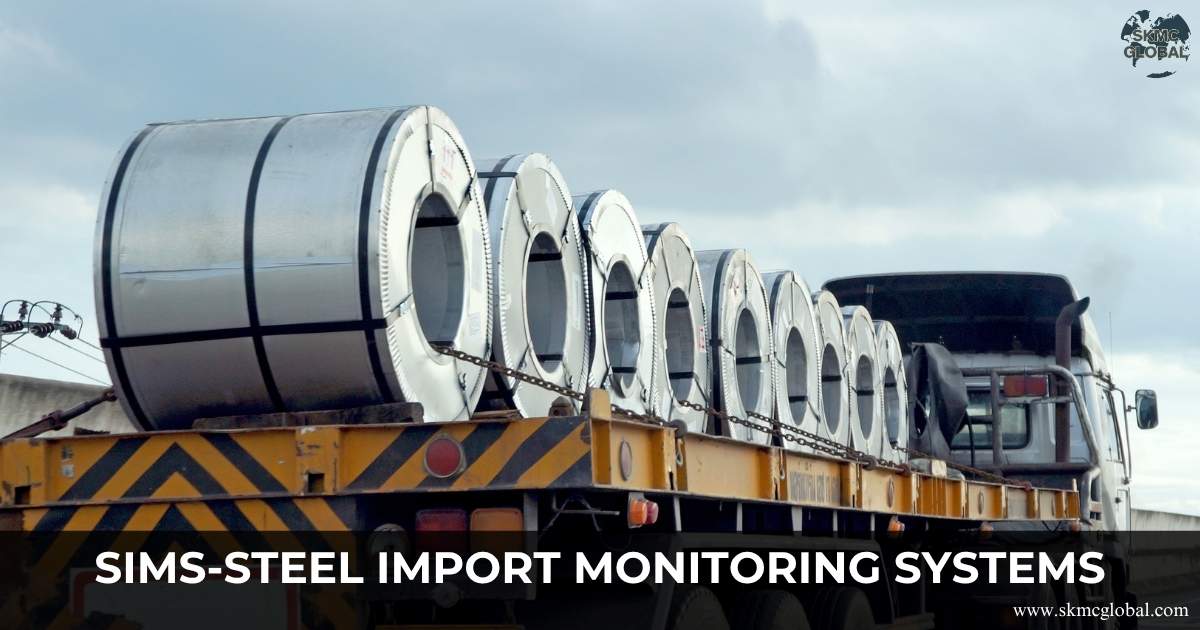 What is SIMS and When It Is Required?...
Nov 10,2025
What is SIMS and When It Is Required?...
Nov 10,2025
-
 What if your SVB investigation does not satisfy cu...
Nov 04,2025
What if your SVB investigation does not satisfy cu...
Nov 04,2025
-
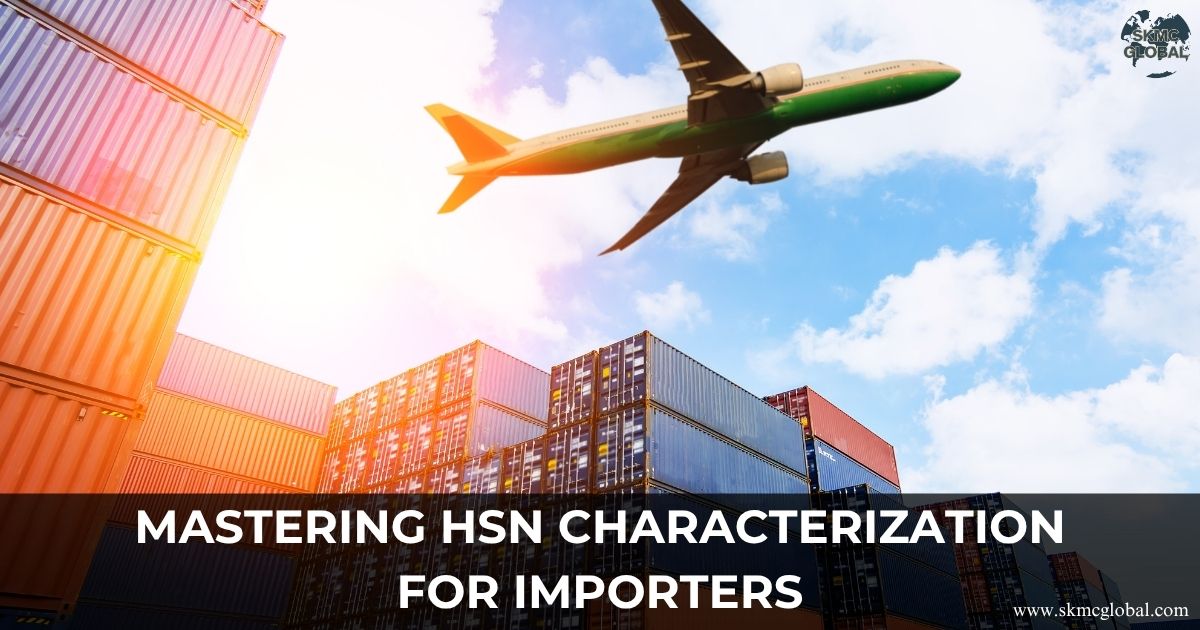 Mastering HSN Characterization for Importers...
Oct 29,2025
Mastering HSN Characterization for Importers...
Oct 29,2025
-
 What is IGCR and How to Take the Benefit?...
Oct 18,2025
What is IGCR and How to Take the Benefit?...
Oct 18,2025
-
 What is CAROTAR and Its Impact on Industry?...
Oct 15,2025
What is CAROTAR and Its Impact on Industry?...
Oct 15,2025
-
 India’s Free Trade Agreement with Europe ...
Oct 14,2025
India’s Free Trade Agreement with Europe ...
Oct 14,2025
-
 Comprehensive Economic Partnership Agreement of In...
Oct 13,2025
Comprehensive Economic Partnership Agreement of In...
Oct 13,2025
-
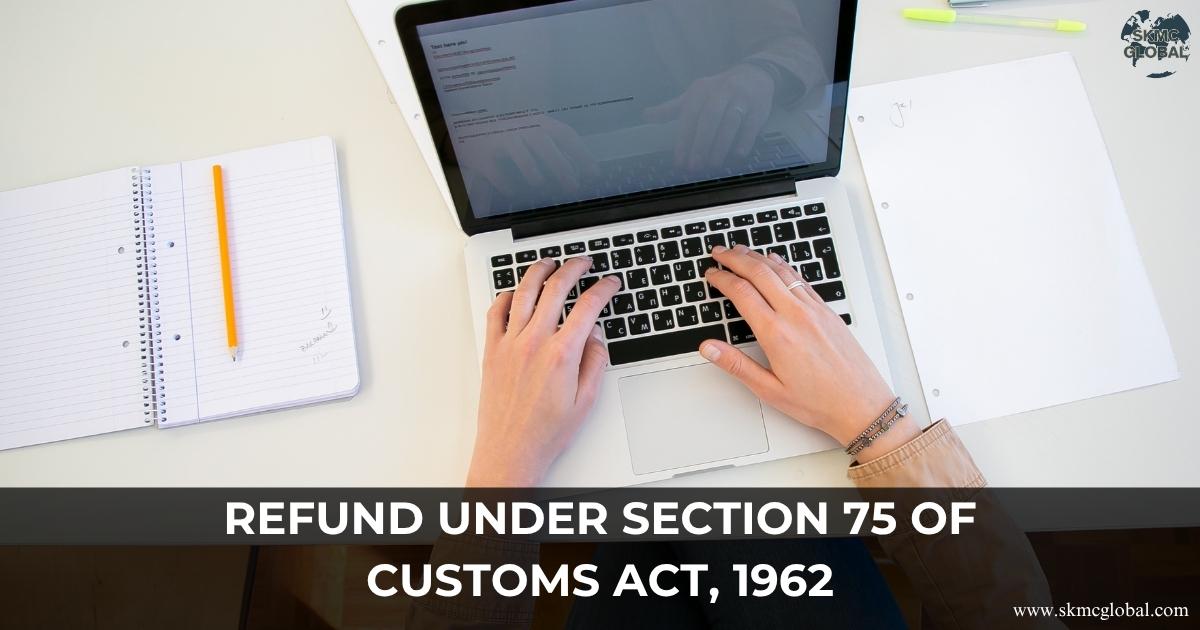 Refund under Section 75 of Customs Act, 1962...
Oct 11,2025
Refund under Section 75 of Customs Act, 1962...
Oct 11,2025
-
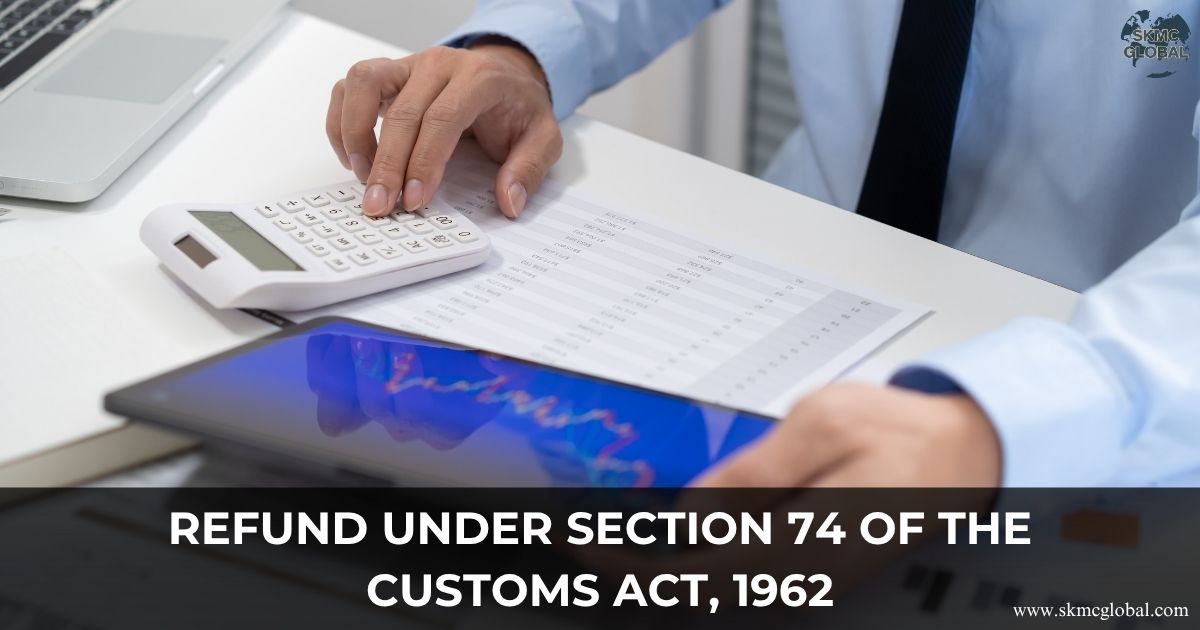 Refund under Section 74 of the Customs Act, 1962...
Oct 10,2025
Refund under Section 74 of the Customs Act, 1962...
Oct 10,2025
-
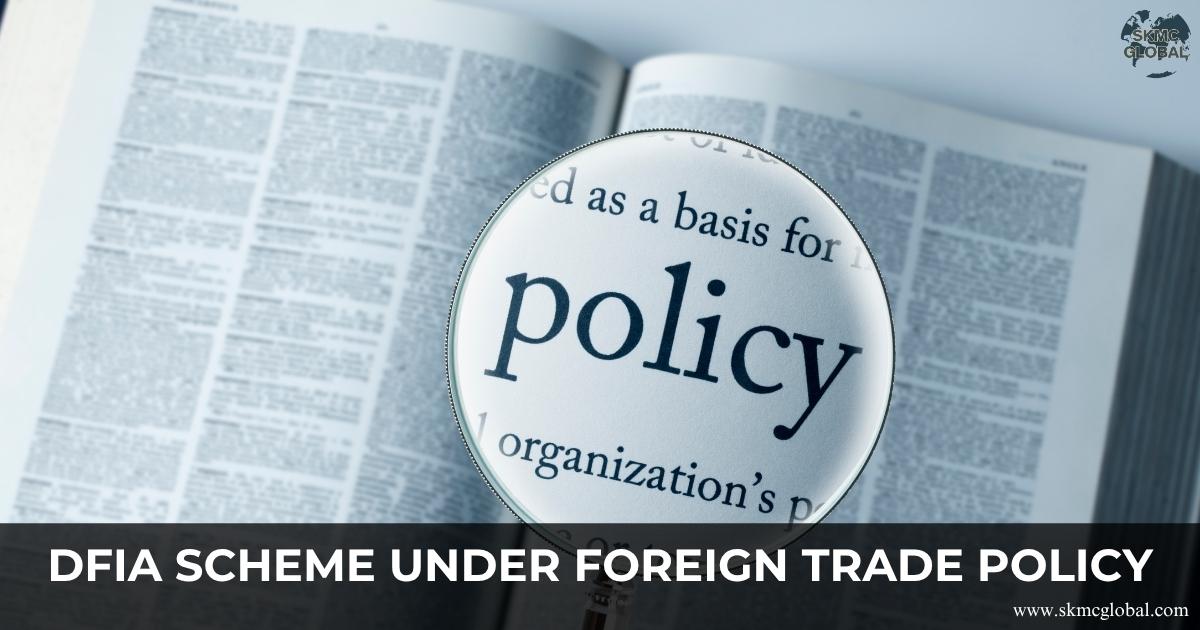 All About DFIA Scheme under Foreign Trade Policy...
Oct 07,2025
All About DFIA Scheme under Foreign Trade Policy...
Oct 07,2025
-
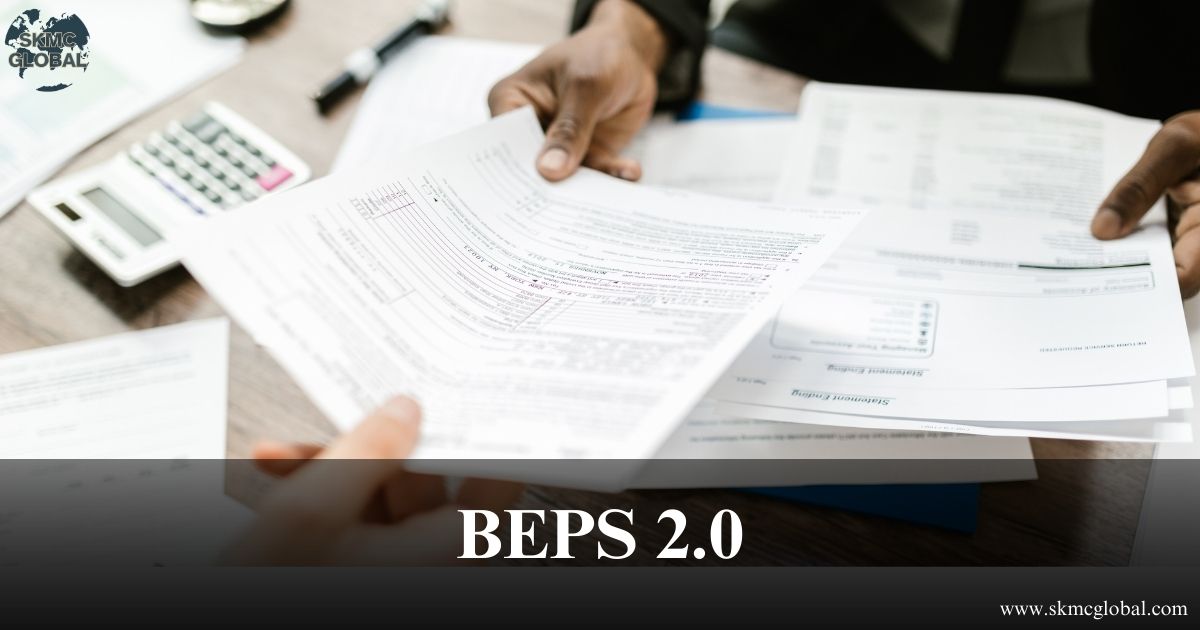 Navigating BEPS 2.0: Pillar One & Pillar Two in Tr...
Aug 16,2025
Navigating BEPS 2.0: Pillar One & Pillar Two in Tr...
Aug 16,2025
-
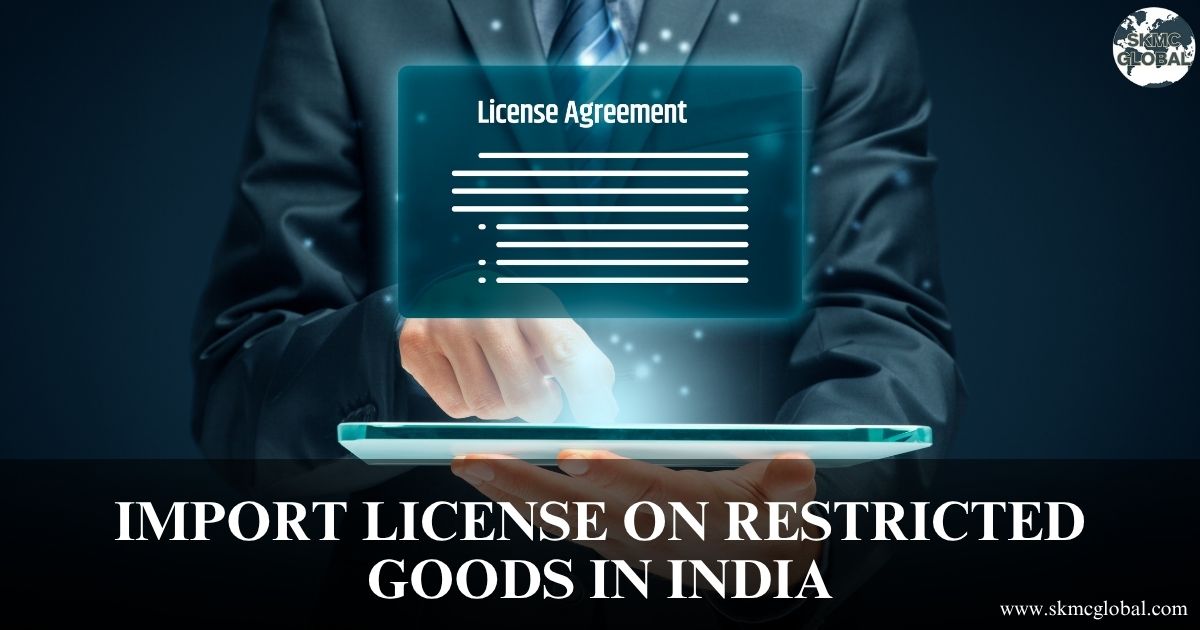 Import license on restricted goods in india...
Aug 07,2025
Import license on restricted goods in india...
Aug 07,2025
-
 Procedure to take ICEGATE Registration...
Aug 06,2025
Procedure to take ICEGATE Registration...
Aug 06,2025
-
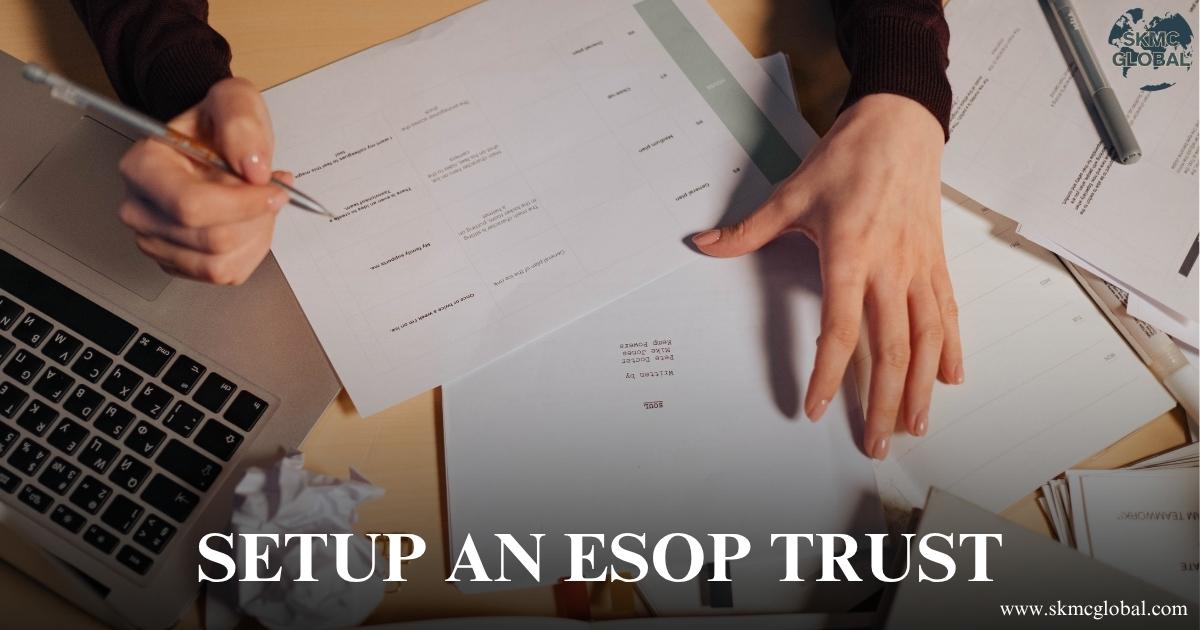 Procedure to setup an ESOP Trust...
Aug 01,2025
Procedure to setup an ESOP Trust...
Aug 01,2025
-
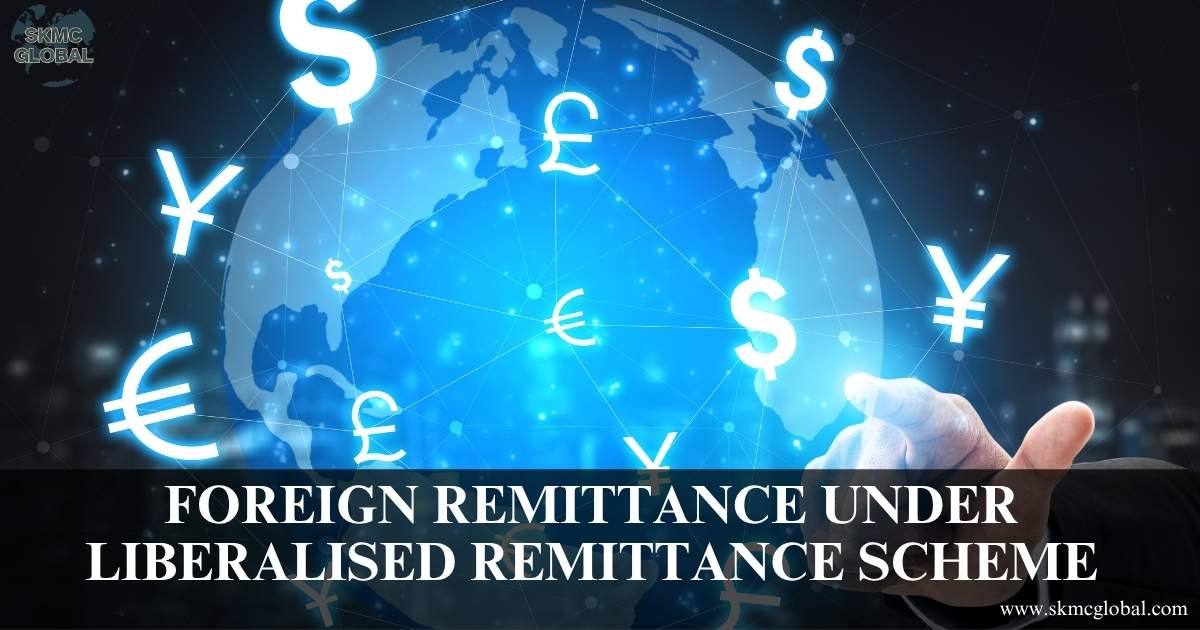 Foreign Remittance under liberalised remittance Sc...
Jul 30,2025
Foreign Remittance under liberalised remittance Sc...
Jul 30,2025
-
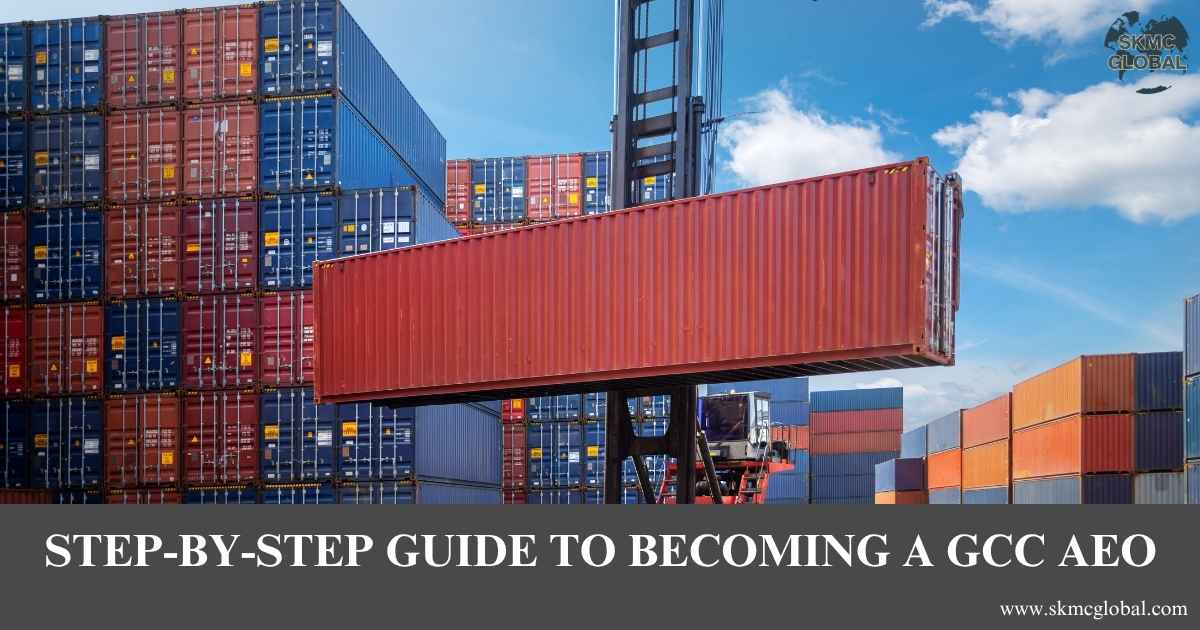 A Step-by-Step Guide to Becoming a GCC AEO...
Jul 18,2025
A Step-by-Step Guide to Becoming a GCC AEO...
Jul 18,2025
-
 Role of Mutual Recognition Agreements under AEO an...
Jul 14,2025
Role of Mutual Recognition Agreements under AEO an...
Jul 14,2025
-
 What is Anti Dumping Duty investigation and its pr...
Jul 09,2025
What is Anti Dumping Duty investigation and its pr...
Jul 09,2025
-
 Annual return requirement under RoDTEP scheme of D...
Jul 09,2025
Annual return requirement under RoDTEP scheme of D...
Jul 09,2025
-
 EPCG Registration: A Step by step Guide for Indian...
Jul 08,2025
EPCG Registration: A Step by step Guide for Indian...
Jul 08,2025
-
 Why Logistics Outsourcing Is the Future of Smart S...
Jun 02,2025
Why Logistics Outsourcing Is the Future of Smart S...
Jun 02,2025
-
 India's Foreign Trade Agreement and Investment Tre...
May 31,2025
India's Foreign Trade Agreement and Investment Tre...
May 31,2025
-
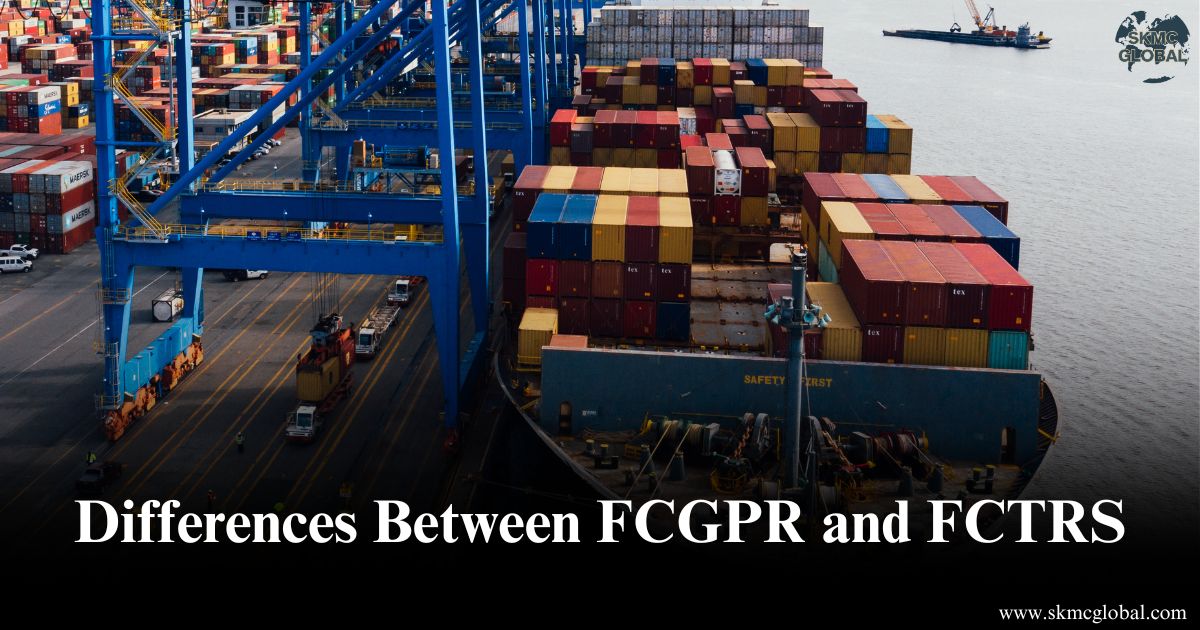 Differences Between FCGPR and FCTRS:A Comprehensiv...
May 28,2025
Differences Between FCGPR and FCTRS:A Comprehensiv...
May 28,2025
-
 Understanding FDI Norms- A Guide for Foreign Inves...
May 29,2025
Understanding FDI Norms- A Guide for Foreign Inves...
May 29,2025
-
 What you need to know about india's special econom...
May 27,2025
What you need to know about india's special econom...
May 27,2025
-
 Understanding ODI (Overseas Direct Investment) Und...
May 26,2025
Understanding ODI (Overseas Direct Investment) Und...
May 26,2025
-
 How to Track AEO Registration Application and Chec...
May 22,2025
How to Track AEO Registration Application and Chec...
May 22,2025
-
 Benefits or compliance under Indian Foreign Trade ...
May 20,2025
Benefits or compliance under Indian Foreign Trade ...
May 20,2025
-
 AEO v/s Non-AEO: Key Differences and Why Your Busi...
May 19,2025
AEO v/s Non-AEO: Key Differences and Why Your Busi...
May 19,2025
-
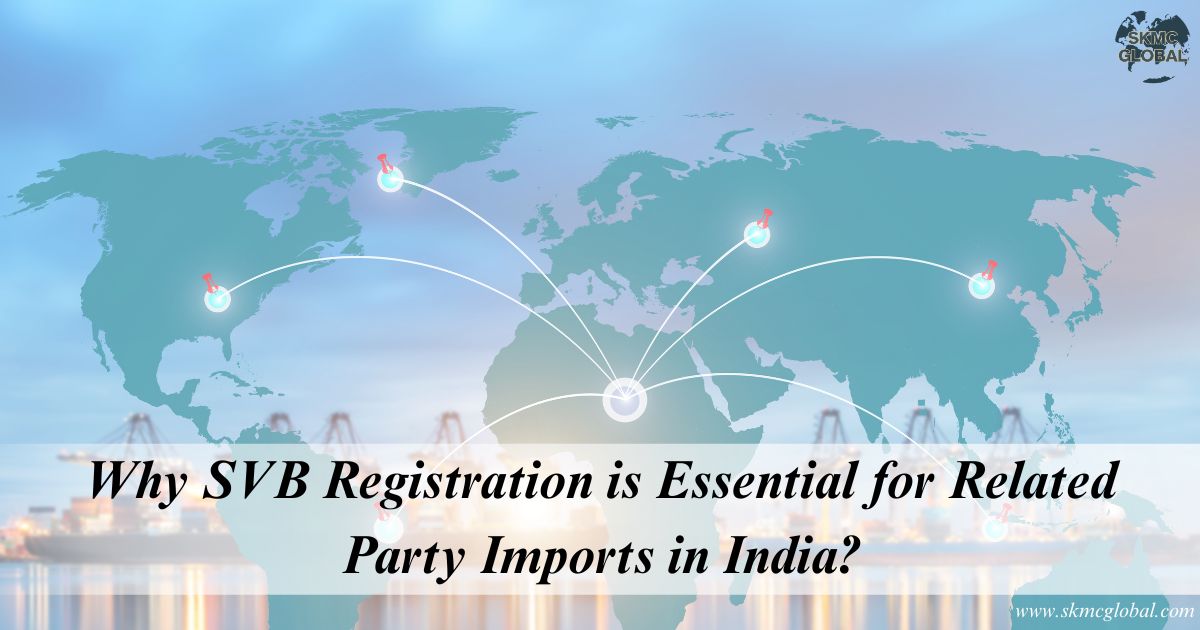 Why SVB Registration is Essential for Related Part...
May 19,2025
Why SVB Registration is Essential for Related Part...
May 19,2025
-
 How Mutual Recognition Agreements Augment AEO Cert...
May 15,2025
How Mutual Recognition Agreements Augment AEO Cert...
May 15,2025
-
 Customs Streamlining Refund Processes Through Auto...
Mar 17,2025
Customs Streamlining Refund Processes Through Auto...
Mar 17,2025
-
 Ekal Anubandh-Single Unified Multi-Purpose Electro...
Mar 06,2025
Ekal Anubandh-Single Unified Multi-Purpose Electro...
Mar 06,2025
-
 Revised guidelines on SVB assessment and its speed...
Aug 26,2021
Revised guidelines on SVB assessment and its speed...
Aug 26,2021
-
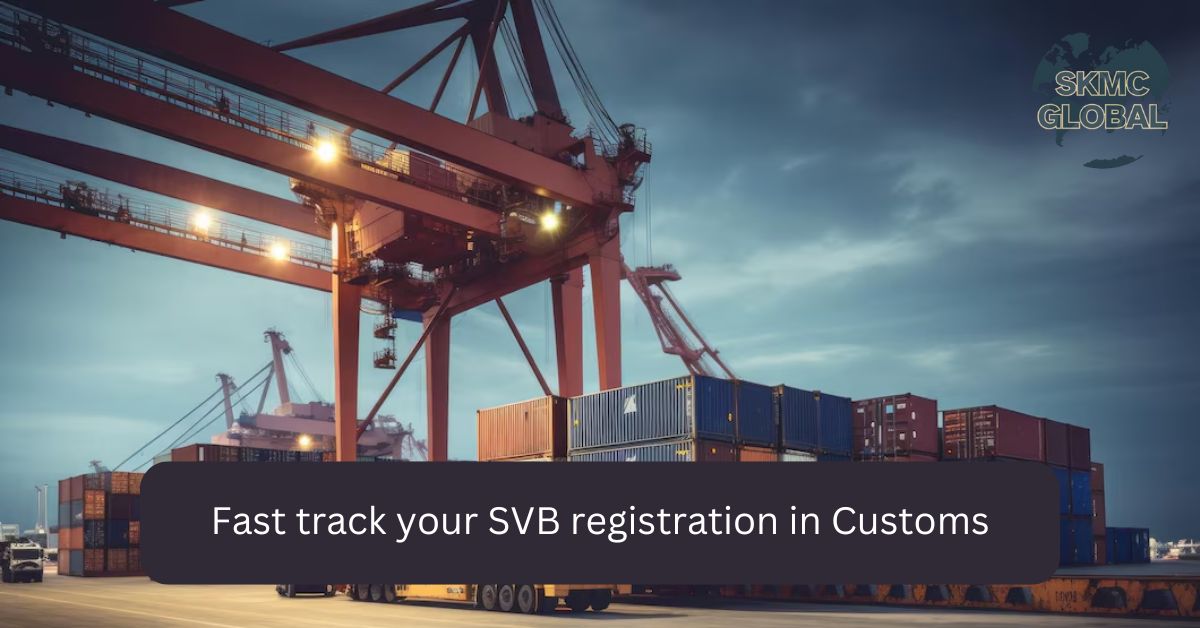 5 ways about how you can fast track your SVB regis...
Jul 21,2021
5 ways about how you can fast track your SVB regis...
Jul 21,2021
-
 AEO Registration in UAE...
Nov 16,2021
AEO Registration in UAE...
Nov 16,2021
